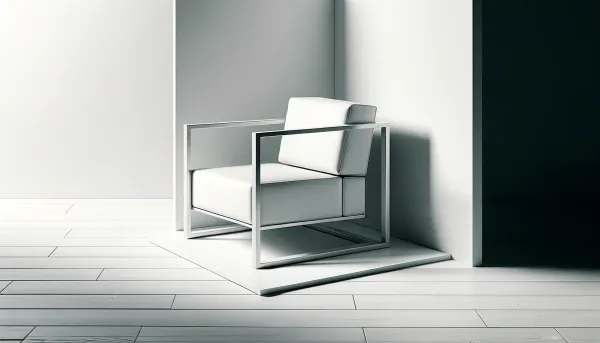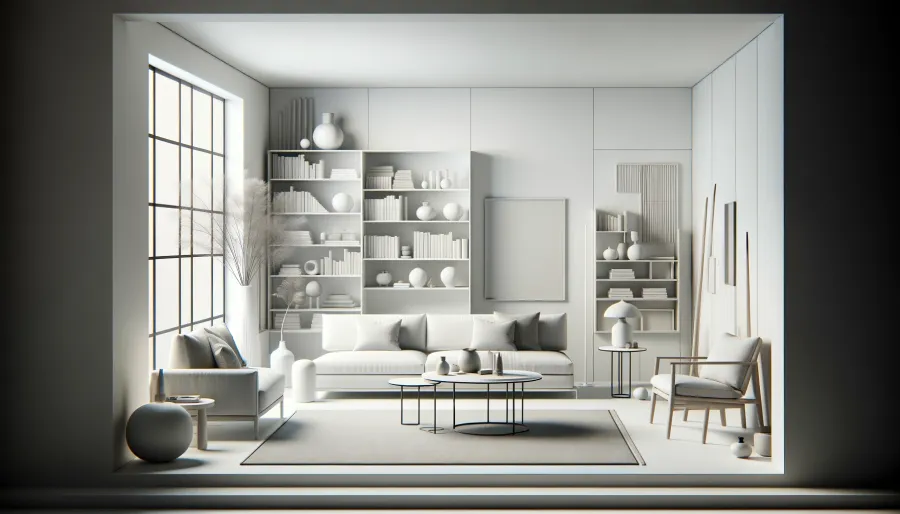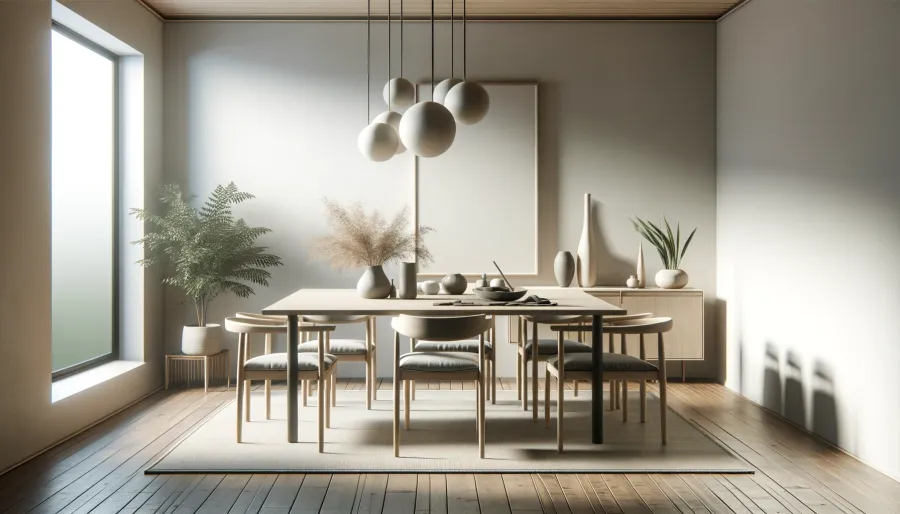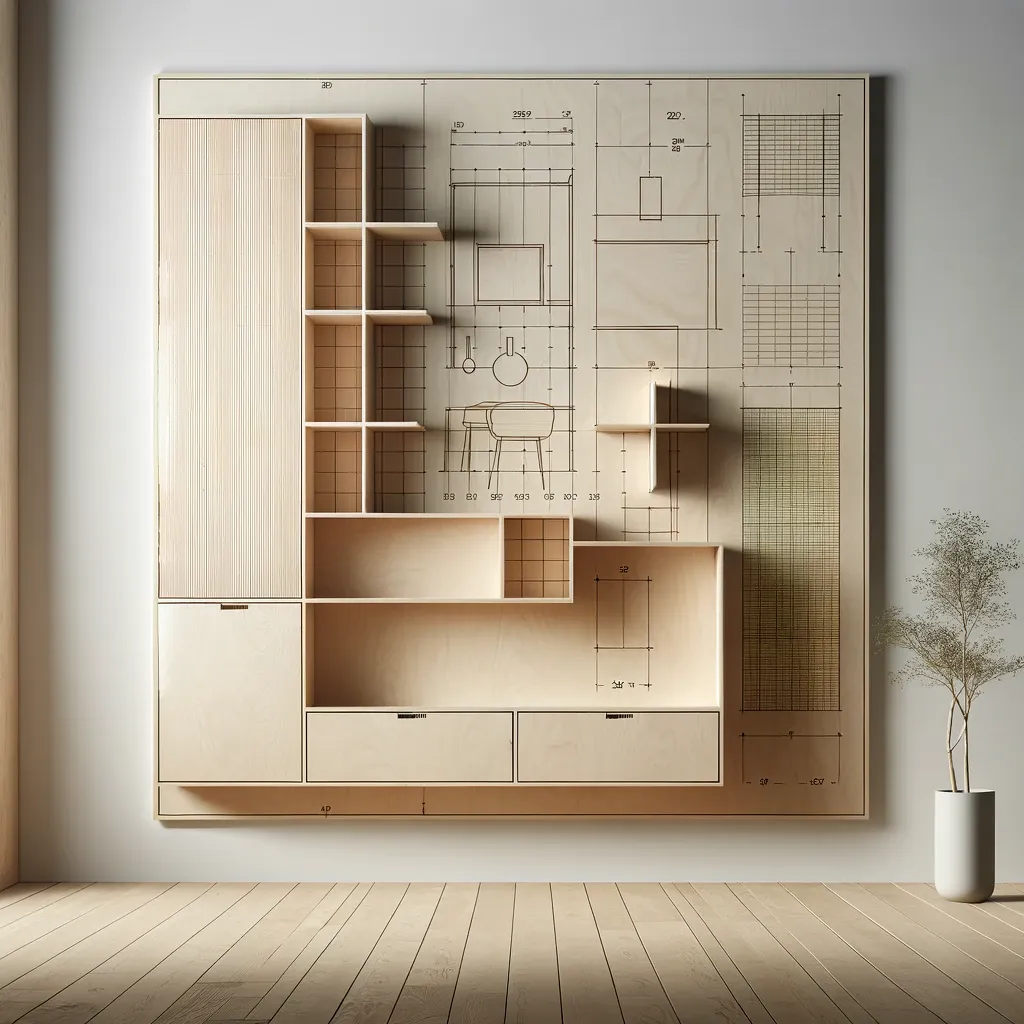Minimalism in Furniture: A Historical Perspective
The concept of minimalism in furniture design, characterized by simplicity, clean lines, and a monochromatic palette, has been a significant influence in the world of interior design. This article delves into the historical journey of minimalist design in furniture, tracing its roots and evolution through various eras. We will explore how this design philosophy emerged as a response to the excesses of previous styles and how it has been shaped by cultural, economic, and technological changes over time.
Origins and Early Influences
Minimalism in furniture can be traced back to the early 20th century, coinciding with the modernist movement in art and architecture. The Bauhaus school in Germany, founded by Walter Gropius in 1919, played a pivotal role in this regard.
Emphasizing functionality and simplicity, Bauhaus designers like Marcel Breuer and Ludwig Mies van der Rohe introduced furniture that was stark in its aesthetic yet highly practical. This period saw the emergence of steel, glass, and concrete as favored materials, reflecting the modernist ethos of "form follows function."
Post-War Minimalism and Japanese Influence
The post-World War II era saw a significant evolution of minimalism in furniture design, heavily influenced by Japanese aesthetics. The Japanese traditional concept of 'Ma,' emphasizing negative space and simplicity, resonated with Western designers. Iconic pieces from this era, such as the Eames Lounge Chair and Isamu Noguchi’s coffee table, reflect a blend of minimalism and organic shapes, offering comfort without excessive ornamentation.

Minimalism in the Late 20th Century
The late 20th century witnessed a surge in minimalist design, partly as a reaction against the opulence of styles like Art Deco and Mid-Century Modern. Designers like Dieter Rams and Philippe Starck became prominent for their minimalist approach, focusing on sustainability and the principle that less is more.
Rams' "Ten Principles for Good Design" became a manifesto for minimalist designers, advocating for simplicity and longevity in design.

Contemporary Trends and Sustainability
In recent years, minimalism in furniture has embraced eco-friendly materials and sustainable practices. The rise of the digital age and the shift towards smaller living spaces have further fueled the demand for minimalist, multifunctional furniture.
Designers today are focusing on creating pieces that are not only aesthetically minimalist but also environmentally conscious, ensuring that the principles of minimalism align with the needs of a changing world.

Conclusion
The journey of minimalism in furniture design reflects a continuous search for harmony between form and function. From its early 20th-century origins to its current focus on sustainability, minimalism has remained a powerful and relevant force in the design world.
As we move forward, it continues to evolve, adapting to new challenges and reflecting the changing values and lifestyles of society.



